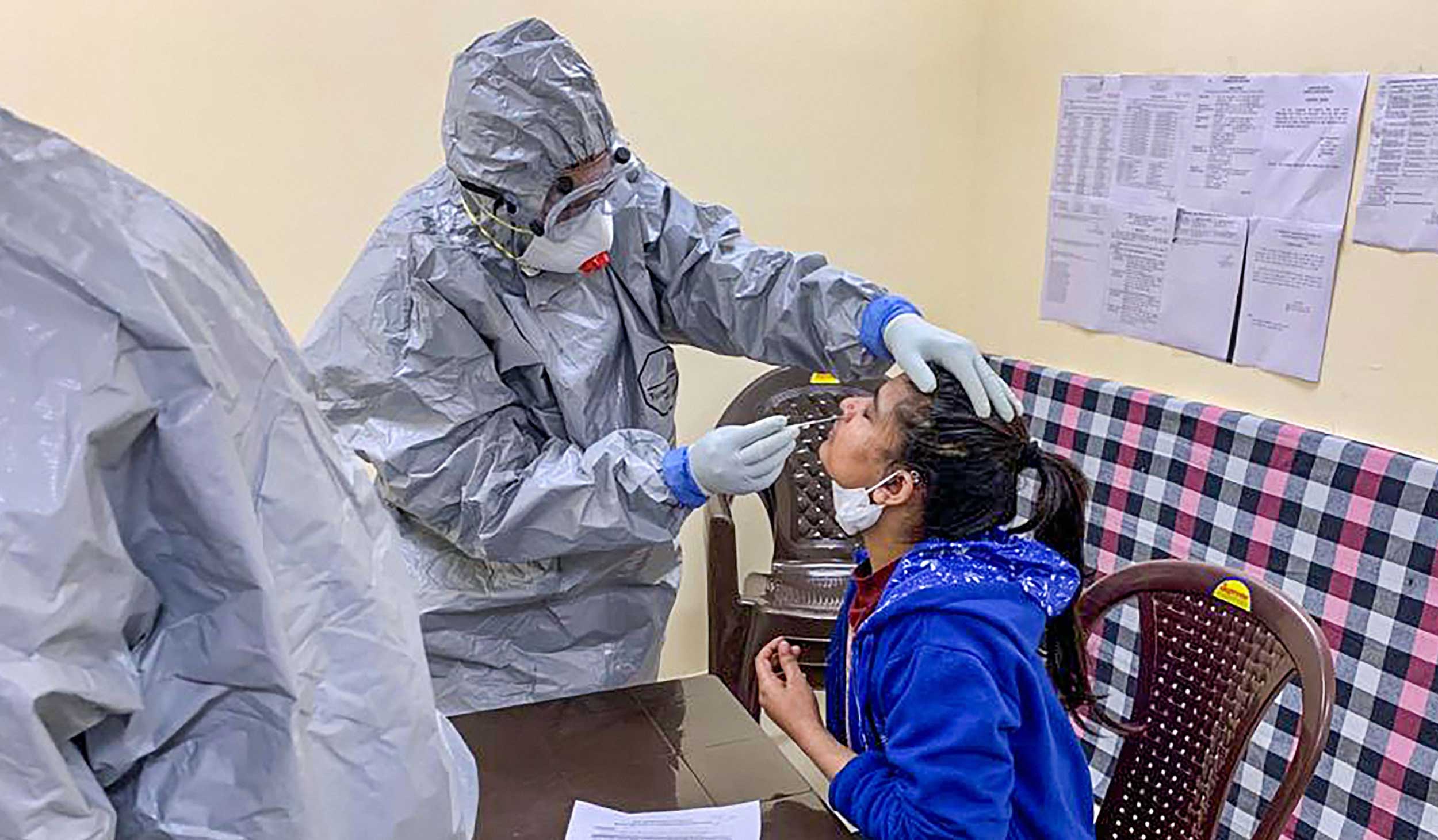A stillborn research paper from scientists with IIT Delhi has been partly accused of helping fuel conspiracy theories about the novel coronavirus, but one of its authors and an independent scientist have pointed out that science cannot be blamed for what transpires on social media.
The content of the paper by the nine-member team of scientists at the IIT was interpreted to generate an impression that the virus was a laboratory creation. The paper drew strong reactions from scientists from around the world, some of them asserting that the claim lacked “scientific merit”.
The IIT Delhi scientists had posted their intended paper on bioRxiv before any peer-review.
But the research paper’s first author, Prashant Pradhan, wrote on bioRxiv that the “preliminary study” was shared on the archive for a “creative discussion”.
“It was not our intention to feed into conspiracy theories and no such claims are made here,” Pradhan wrote. “While we appreciate the criticism and comments by scientific colleagues, the (paper) has been differently interpreted and shared by social media. To avoid further misinterpretation and confusions the world over, we have decided to withdraw the current version of the preprint and will get back with a revised version after reanalysis, addressing comments and concerns.”
A scientist not connected to the research said he found nothing controversial about the bioRxiv post by the IIT scientists and their decision to withdraw the paper.
“The purpose of a post on bioRxiv is to invite comments and criticism. This is how science progresses,” said Sridhar Sivasubbu, a scientist at the Institute of Genomics and Integrative Biology, New Delhi. “The authors were responsible enough to withdraw the paper. But what happens on social media is beyond science.”
Trevor Bedford, a computational biologist at the Fred Hutchinson Cancer Research Centre in Seattle, US, who was among those who cast doubts on the suggestion attributed to the paper by the IIT scientists, said in a Fred Hutch news release: “In the scientific realm, things corrected themselves quickly. That’s exactly how you want science to happen.”
But the post was picked up by websites and social media outside the scientific dialogue and, Bedford said, that “doesn’t seem to be so easily squashed”.
B. Kundu and V. Perumal, the corresponding authors of the paper and two faculty members of IIT Delhi did not respond to email queries from this newspaper.
The IIT Delhi scientists had claimed they had detected an “uncanny similarity” between the coronavirus and HIV.
They had said the similarity in four tiny genetic segments in the two viruses were unlikely to be “fortuitous” (happening by chance rather than intervention). By implication — although the paper did not specifically make that suggestion — the novel coronavirus could be a laboratory-generated virus.
Their bioRxiv post on January 30 triggered sharp responses from the scientific community.
“The similarity is spurious,” Silvana Konermann, an assistant professor of biochemistry at Stanford University, posted on Twitter on February 1. “Out of 4 inserts they identify … 2 are found in bat coronavirus. Of the remaining two, only one is most similar to HIV, and is so short that the similarity is not higher than chance given database,” she wrote.
Bedford, the US biologist, and others had pointed out that these segments could be matched in other coronaviruses from bats and other species.
Earlier this month, The World Health Organization had on February 2 cautioned that the coronavirus outbreak had been accompanied by a “massive infodemic” (an overabundance of information) — some accurate and some not — that makes it hard for people to find trustworthy sources and reliable guidance.
Over the past month, unsubstantiated and outright false claims linking the coronavirus outbreak to bioweapons research, bat soup, even oranges and cellphones have circulated on social media and other platforms.











